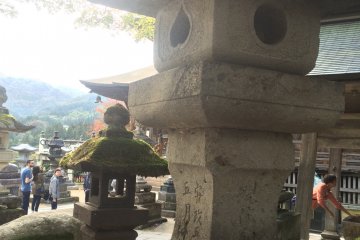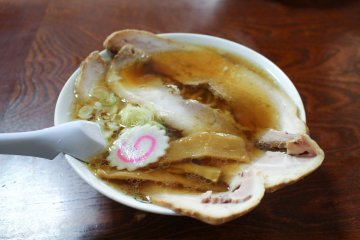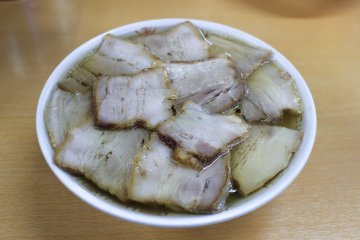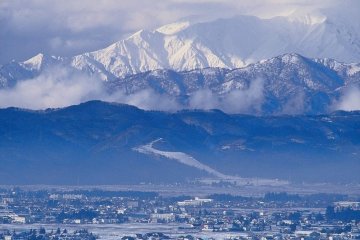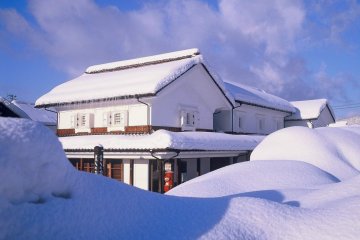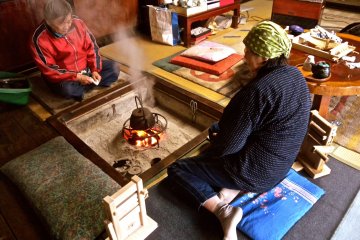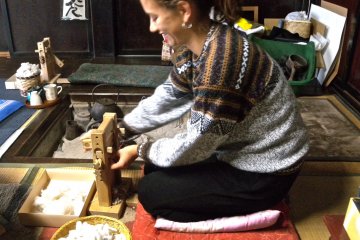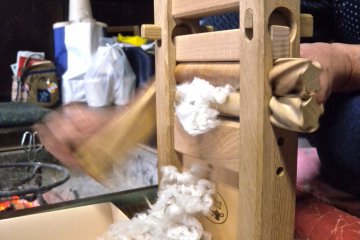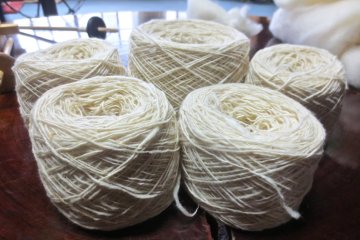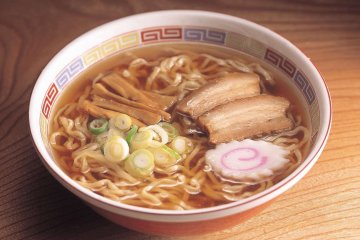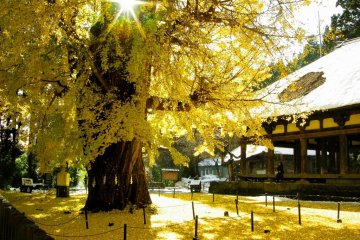Three hours into the journey from Tokyo to Fukushima I am hit by a sudden rush of excitement as I see the distant mountains and fields covered in snow. The stillness of the landscape and clarity of the mountains beyond the town is stunning. It is hard to imagine how cramped I felt this morning on the rush hour train in Tokyo.
Less than 200km north of Tokyo, Fukushima is famous for many natural spectacles including Goshikinuma and Lake Inawashiro. In Japanese history the prefecture is well known for the byakkotai, a child samurai clan that fought in the Boshin War. The climate is conducive to producing diverse agricultural products ranging from conventional rice to peaches to cotton. During my visit in the first week of December, I traveled to Fukushima and learned much about this beautiful area.
Arriving at Ogino station, I was greeted warmly by my host Mrs. Sato. Her home is located in a neighbourhood full of small fields glowing white with snow and persimmon trees standing elegantly. Upon entering the house, I was welcomed into the living room and quickly snuggled into the kotatsu with Mrs. Sato to warm up. Sipping on green tea we began to chat.
Although the Sato’s land was unaffected by the disasters of March 11th, many farm homestays across Fukushima have been left with little or no business in food products due to lingering fears. To rekindle job creation many farmers turned to cotton, a crop that can be cultivated in the same fields. As Japan imports the majority of its cotton, not only does this new project help restore agriculture in Fukushima, but also supports local cotton growing in Japan.
As a member of the green tourism club, the Sato family often open their home to tourists guiding them through the area and teaching local farming practices. I had the chance to participate in seed cutting, spinning and weaving process. With no background knowledge on cotton and little confidence I was hesitant, but Mrs. Sato was kind enough to explain and demonstrate each step slowly. Even without Japanese, the instructions are easily understood visually.
Seed cutting
Using a cotton gin, we began separating the cotton fibres from the seeds. Though a simple process, I was soon hooked and enjoyed watching the cotton fibre being pulled in by the rollers as I rotated the handle.
Spinning
The collected cotton fibres are taken to a local futon store to be pressed and smoothed. Once pressed, we pulled out thin pieces of cotton and twist it to begin creating a yarn. Seemingly straightforward, I failed several times as the cotton tore much more easily than expected. Using the spinning wheel, the cotton is further toughened and spun onto a rice stalk, which she then boils for 20, 30 minutes before hanging them out to dry for a day or two.
Weaving
Once dried, the yarn is ready for weaving. Mrs Sato taught me the ‘plain weave’ a task that I really enjoyed despite my poor creation. What was supposed to be a small and simple mug coaster turned out far too long, but I’m sure I will find a use for it.
My stay was a mere 5 hours but many visitors stay for days at a time. In order to get the most out of your trip, I recommend staying for at least a night so you may participate in more activities, explore the outdoors and enjoy the local cuisines. The warmth I received from the locals and the comfort I felt in the Sato’s home is unlike any experience I have had with a stranger in Tokyo. These are people who have a strong sense of community and have long protected the beautiful natural environment Japan has to offer.



